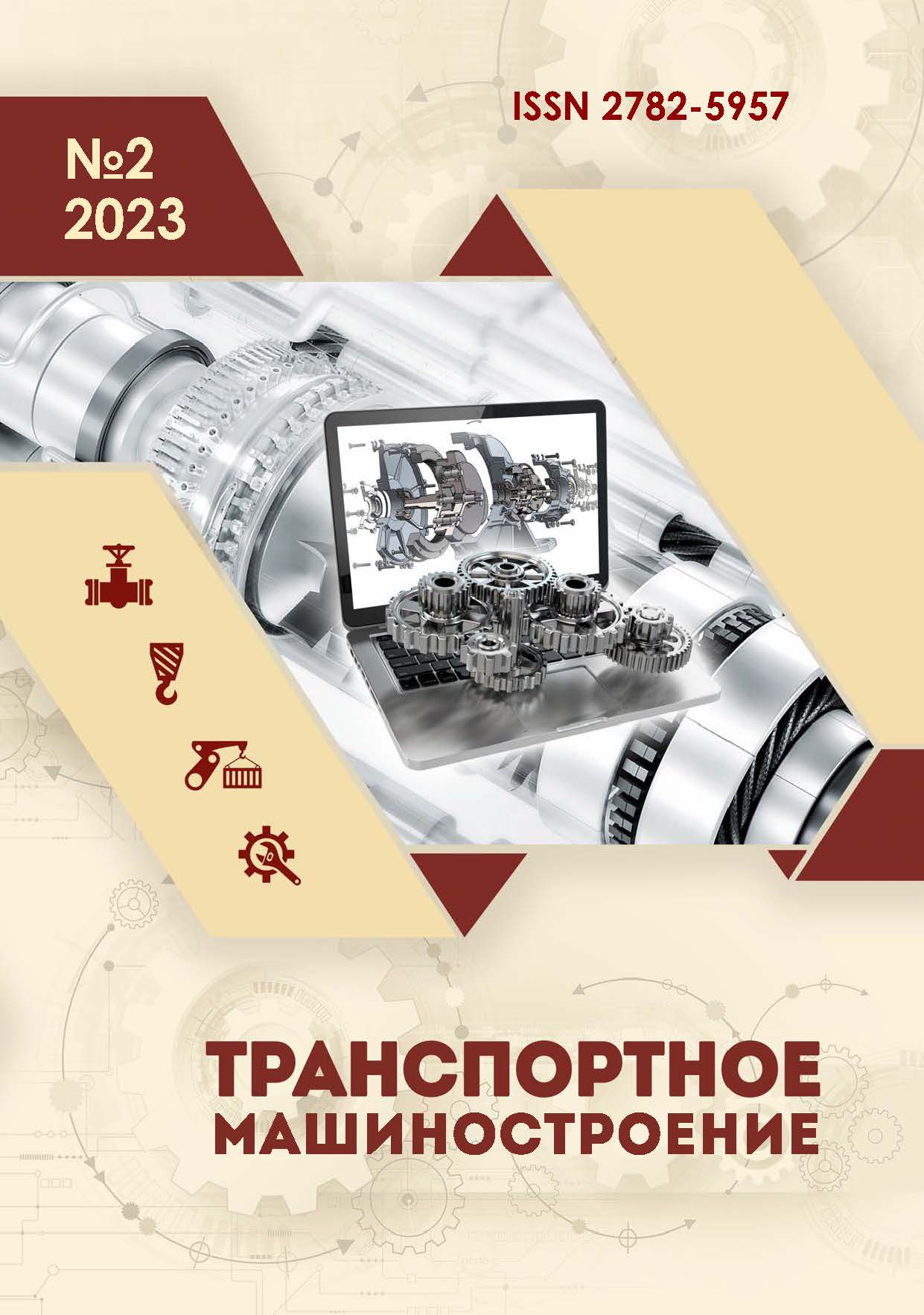Bryansk, Bryansk, Russian Federation
employee
Bryansk, Bryansk, Russian Federation
UDK 629.463 Грузовые вагоны
BBK 392 Железнодорожный транспорт
The study objective is to develop a method for calculating the extension of the brake cylinder rod of a diesel locomotive. The extension value of the locomotive brake cylinder rod is currently not regulated, while the parameter is subject to control and must be consistent with the gaps between the brake shoe and the tyre. Its calculation involves taking into account the pressure in the cylinder, the cylinder diameter, the gear ratio of the lever transmission, the gaps between the shoe and the tyre, as well as the elastic deformation of the system. Currently, there is no method for determining the latter component, and this does not allow for a grounded choice of the brake cylinder at the design stage. In addition, increased wear of the brake shoes, for example, on a steep long descent, can lead to an insufficient rod extension. It is shown that significant exceedances of standard values are possible in operation. Thus, the extension of the brake cylinder rod of a diesel locomotive is an important parameter affecting traffic safety. The development of its calculation method is relevant. It should be noted, that a significant contribution to the elastic component is made by wear-resistant bushings of lever transmission joints made of sintered iron-based materials. At the same time, the calculation of bushings is the most difficult. A method including the calculation of elastic deformation of levers and rods, as well as wear-resistant bushings by solving the contact problem of radial axis insertion into the wall of the sleeve is chosen as a prototype for the method of calculating the elastic component of the rod extension. This method is refined taking into account the features of the lever transmission. The calculation of the rod extension for the lever transmission of the main diesel locomotive bogie is performed. At the moment, experimental data on the elastic component of the rod extension are obtained for it, and it gives the opportunity to evaluate the calculation results. The calculation of the rod extension showed good compliance with experimental measurements. The method can be used to select the appropriate brake cylinders for the locomotive lever transmission.
rod extension, diesel locomotive, lever transmission, deformation, bushing
1. Asadchenko VR. Automatic brakes of the rolling stock: textbook for universities of railway transport. Moscow: Marshrut; 2006.
2. Kyakk KV, Novoselov AYu. Comparative tests of bushings of freight car brake transmission. Efficiency Improvement of Freight Cars and Their Assemblies. St. Petersburg. OM-Press; 2013.
3. Ensuring the wear resistance of products. Calculations of the performance of sliding bearings (shaft-bushing type) by strength and wear resistance criteria. Calculation of contact pressures and stresses at dry and boundary friction: guideline MR 215-86. Moscow: VNIINMASH; 1996.
4. Sinitsyn VV. Taking into account the compliance of wear-resistant bushings in the method of calculating the elastic component of rod extension of freight car brake cylinder. Tyazhyoloe Mashinostroenie. 2015;1-2:43-46.
5. Grebenyuk PT, Dolganov AN, Skvortsova AI. Traction calculations: handbook. Moscow: Transport; 1987.





